|
Advertisement / Annons: |
Project:
|
Contents:
Related projects:
Note: |
9: Optical analyzeNow I taken some astrophotos with the Pentax 645 lens. How is the quality, is it good enough, can I get it to perform better ? To get some answer I took a closer look at the images, I even do a optical analyze with CCD Inspector. Star quality at different areas: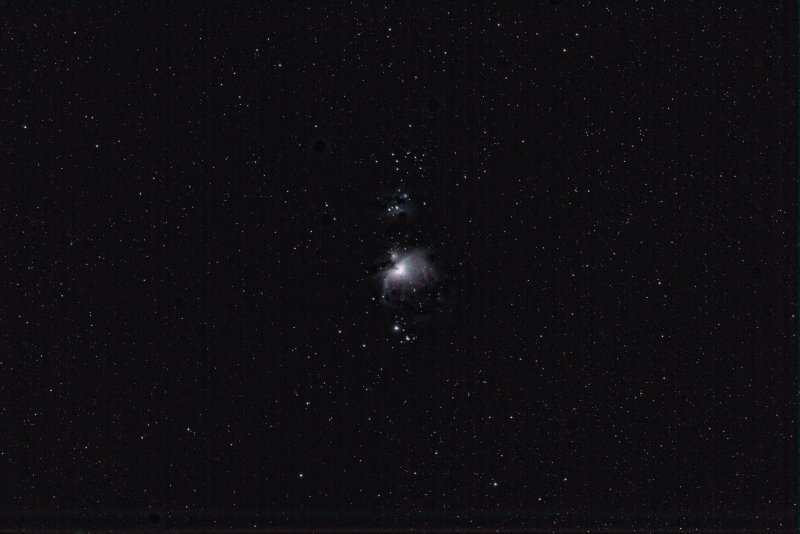 (Click on the image to get one in full resolution, opens in a new window)
(Click on the image to get one in full resolution, opens in a new window)This is the image I analyze, it's not cropped and full frame. M42 Nebula taken from my balcony at Bortle Class 9 environment. The equipment:
I recently took a look of the pixel matching between camera and lens: 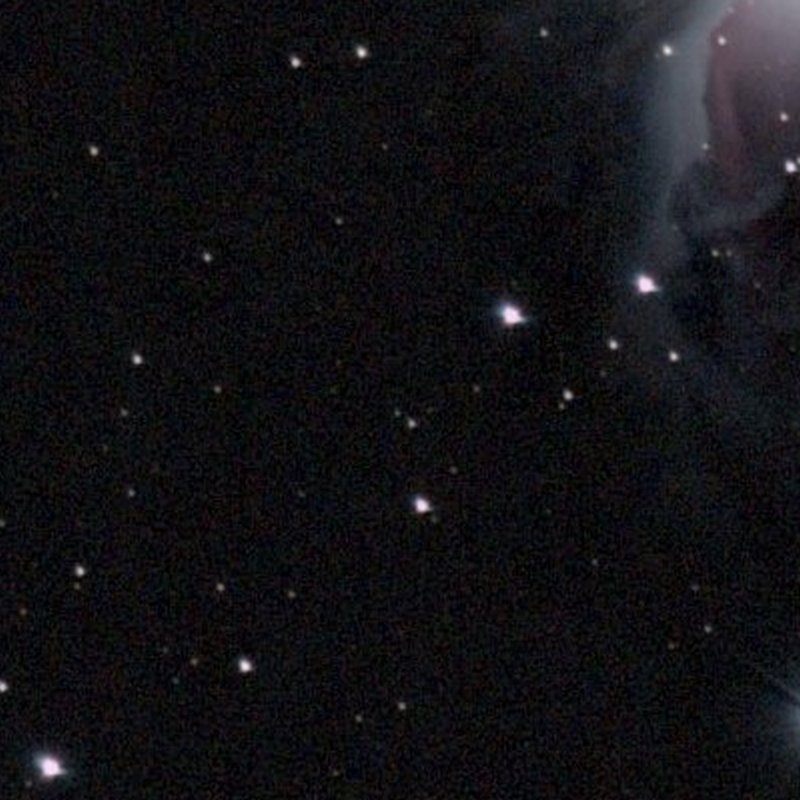
This is a 400x400 crop and 2x zoom of the center of image. And I already noted earlier the stars shape are a bit triangular. They look like Mickey Mouse ears. 
1st quadrant, crop 400x400 and 2x zoom. The same distortion of the stars but otherwise sharp and the chromatic aberration is under control (not color align processed). 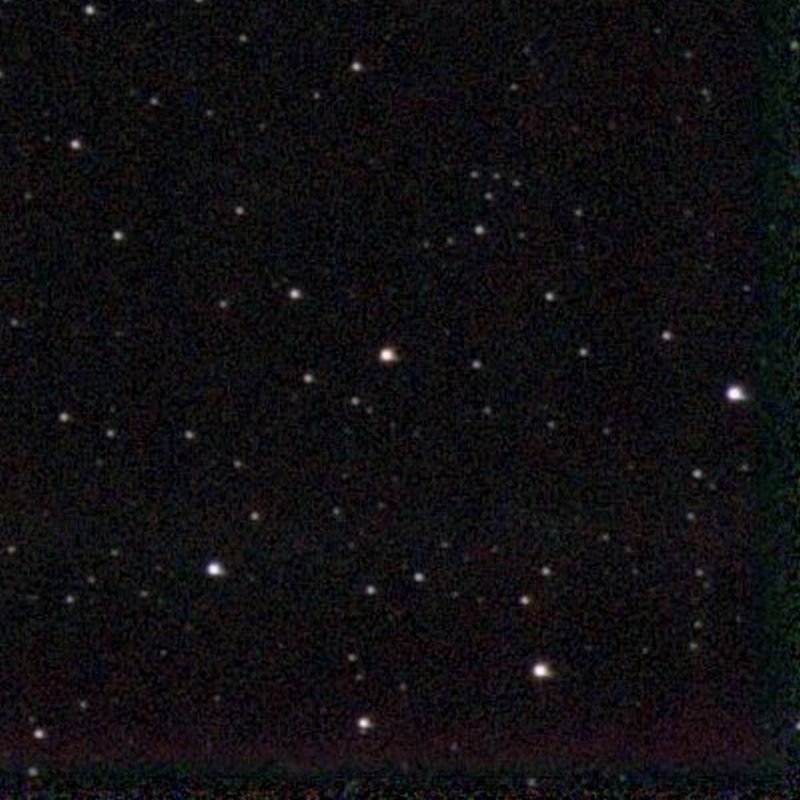
2nd quadrant, 300x400 crop and 2x zoom. Less distortion of the stars. No color problem here either. 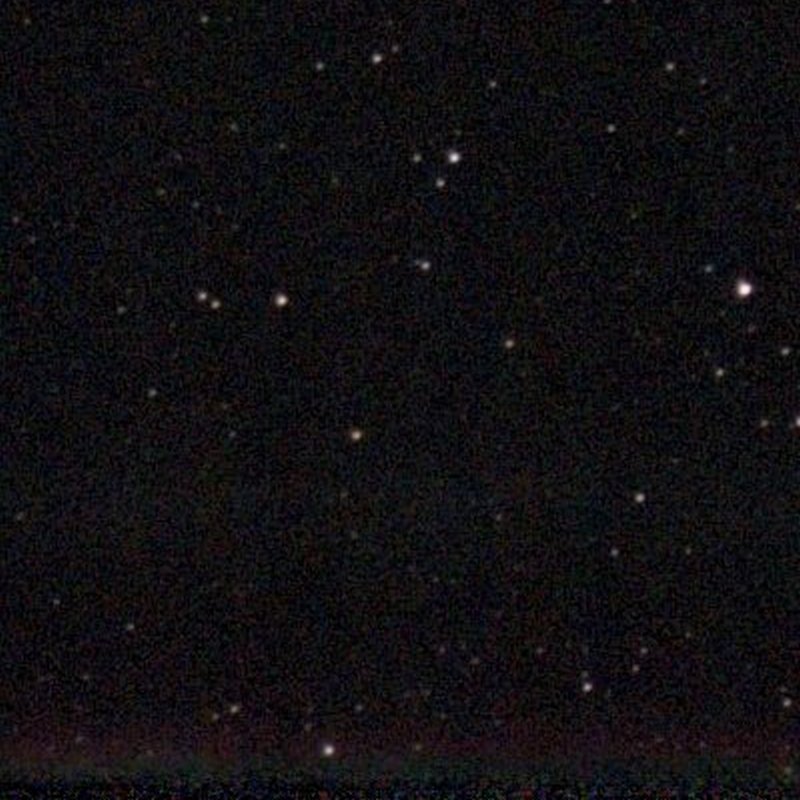
3rd quadrant, 400x400 crop and 2x zoom. 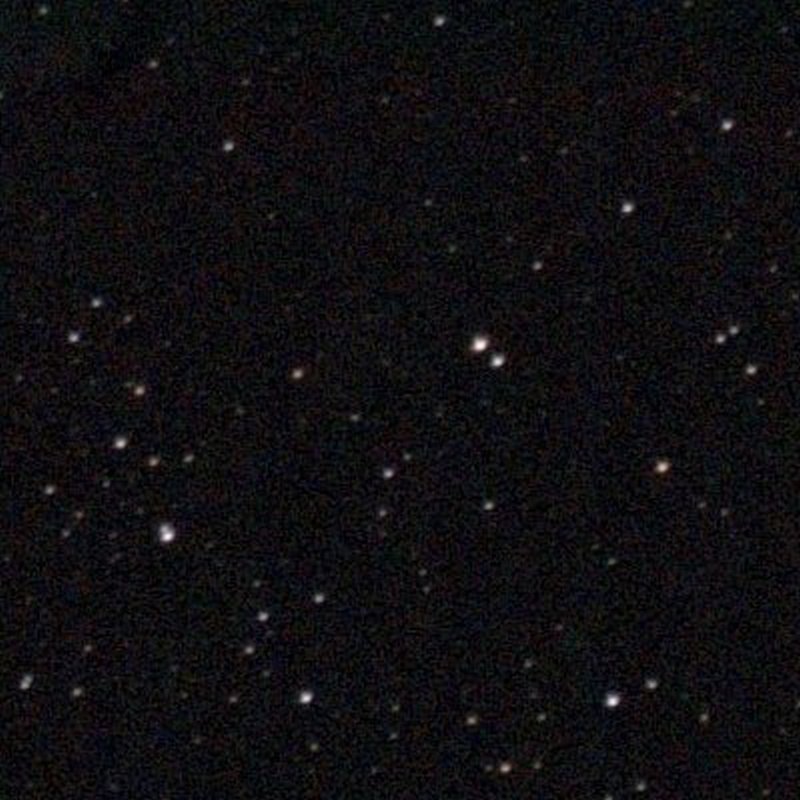
4th quadrant, crop 400x400 and 2x zoom. The stars are elongated. Summary: The chromatic aberration looks to be under control, but some other things, maybe the tilt makes the star to be deformed. CCD-Inspector: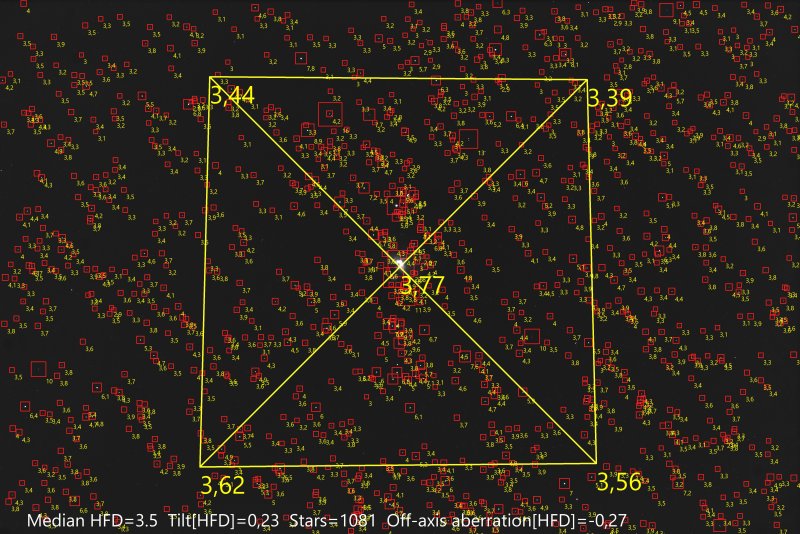 (Click on the image to get one in full resolution, opens in a new window)
(Click on the image to get one in full resolution, opens in a new window)With the Astro image editor software ASTAP there are builtin tools to analyze star images. It measure the HFD (Half Flux Diameter) values of the stars. I'm not used with this CCD-Inspector yet. But I can see from it that there is a tilt of the sensor relative the orthogonal of the optical axel of the lens. It's analyzed on the stack, maybe better to do it on a sub image.  (Click on the image to get one in full resolution, opens in a new window)
(Click on the image to get one in full resolution, opens in a new window)Another presentation of the data, it looks as the tilt is diagonal relative the sensor. Can't be much tilt because the stars are in focus even in the corners of the sensor. 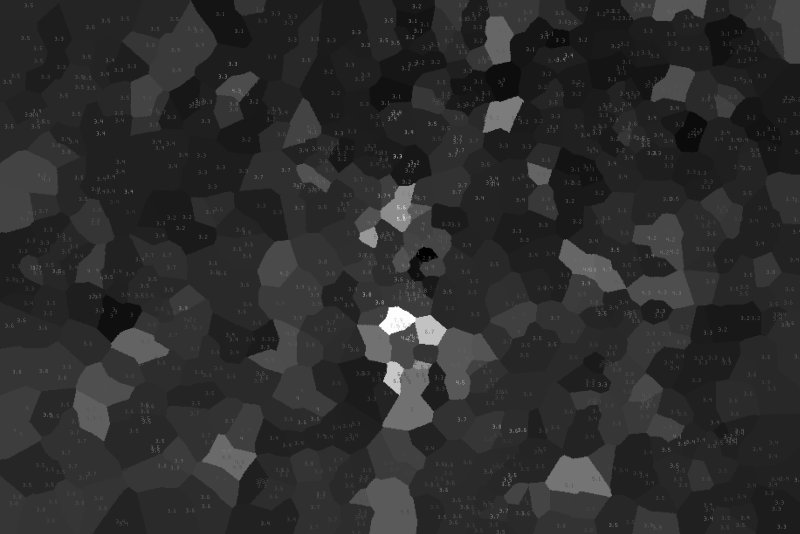 (Click on the image to get one in full resolution, opens in a new window)
(Click on the image to get one in full resolution, opens in a new window)Even one more representation of the HFD values from CCD-Inspector.
|
|